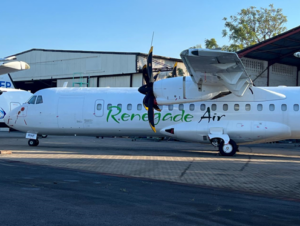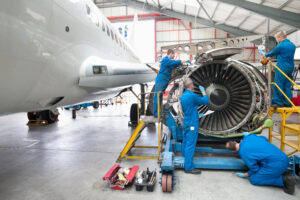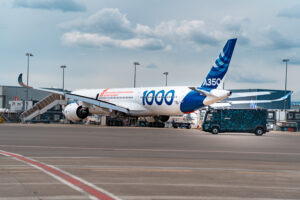The International Air Transport Association (IATA) has released data for global air freight markets showing that air cargo demand rebounded in 2023 with a particularly strong fourth-quarter performance despite economic uncertainties. Full-year demand reached a level just slightly below 2022 and 2019.
Global full-year demand in 2023, measured in cargo tonne kilometres (CTKs), was down 1.9% compared to 2022 (-2.2% for international operations). Compared to 2019, it was down 3.6% (-3.8 for international operations).
Capacity in 2023, measured in available cargo tonne kilometres (ACTKs), was 11.3% above 2022 (+9.6% for international operations). Compared to 2019 (pre-COVID) levels, capacity was up 2.5% (0.0% for international operations).
December 2023 saw an exceptionally strong performance: global demand was 10.8% above 2022 levels (+11.5% for international operations). This was the strongest annual growth performance over the past two years. Global capacity was 13.6% above 2022 levels (+14.1% for international operations).
Asia-Pacific airlines posted a 0.9% increase in demand in 2023 compared to 2022 (-1.4% for international operations) and a capacity increase of 28.5% (+16.6% for international operations). In December, airlines in the region recorded the best performance of all regions, posting an 18.5% increase in demand (+15.4% for international operations) compared to 2022. Capacity increased 31.1% (+22.9% for international operations) during the same period.
North American carriers reported the worst year-on-year performance of all regions, with a 5.7% decrease in demand in 2023 compared to 2022 (-4.3% for international operations) and a capacity increase of 0.3% (+2.7% for international operations). In December airlines in the region reported a 2.0% decrease in demand (+5.9% international operations), compared to 2022. Capacity increased 2.4% (+8.5% for international operations) during the same period.
European carriers posted a 3.9% decrease in demand in 2023 compared to 2022 (-4.1% for international operations). During the same period, airlines posted a capacity increase of 4.5% for both global and international operations. In December, airlines in the region posted an 8.6% increase in demand (+8.7% for international operations) compared to 2022. Capacity increased 7.4% (+7.5% for international operations) during the same period. Airlines in the region continued to be most affected by the war in Ukraine.
Middle Eastern carriers reported an increase in demand of 1.6% for global and international demand in 2023 compared to 2022 and an increase in capacity of 13.5% (+13.6% for international operations). In December airlines in the region posted an 18.3% increase in demand for both global and international operations compared to 2022. Capacity increased 17.7% (+17.8% for international operations) during the same period.
Latin American carriers posted the strongest year-on-year performance of all regions, with a 2.0% increase in demand in 2023 compared to 2022 (+1.9% for international operations). During the same period, airlines posted a capacity increase of 13.2% (+16.9% for international operations). In December airlines in the region posted growth in demand of 6.4% (+6.3% for international operations) compared to 2021. Capacity grew 3.5% (+4.2% for international operations) during the same period.
African airlines reported a decrease in demand of 1.8% (-2.0% for international demand) in 2023 compared to 2022 and an increase in capacity of 5.6% (+5.0% for international operations). In December airlines in the region posted the weakest performance of all with a 1.2% decrease in demand (-1.4% for international operations) compared to 2021. Capacity grew 7.4% (+6.8% for international operations) during the same period.































